Home>Interior Design>What Type Of Lighting Is Best For Bedrooms?
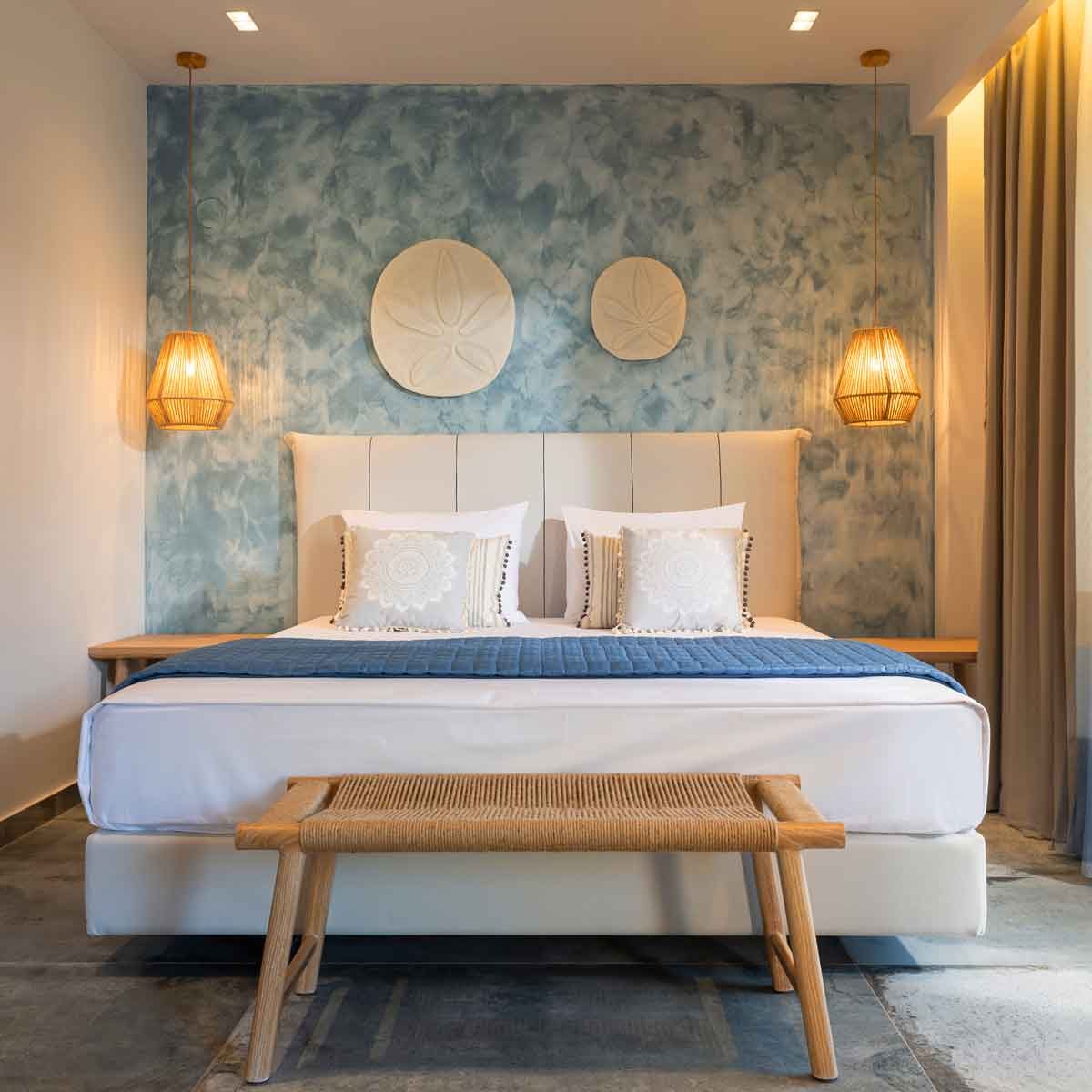

Interior Design
What Type Of Lighting Is Best For Bedrooms?
Modified: January 22, 2024
Discover the perfect lighting options for your bedroom with expert interior design tips. Create a cozy and inviting ambiance with the best lighting choices.
(Many of the links in this article redirect to a specific reviewed product. Your purchase of these products through affiliate links helps to generate commission for Storables.com, at no extra cost. Learn more)
Introduction
When it comes to creating a cozy and comfortable bedroom, lighting plays a crucial role. The right lighting not only illuminates the space but also sets the mood and enhances the overall ambiance. Whether you want a bright and energizing bedroom or a soft and relaxing sanctuary, choosing the right type of lighting is essential.
In this article, we will explore the various types of lighting that are best suited for bedrooms and discuss how they can transform your space. From natural lighting to ambient, task, and accent lighting, we will dive into the different options available and their specific benefits. We will also provide insights on choosing the right light bulbs and share tips for creating the perfect bedroom lighting arrangement.
So, whether you are redesigning your bedroom or simply looking to upgrade the lighting, read on to discover the best lighting options for your sleeping oasis.
Key Takeaways:
- Natural lighting is essential for bedrooms, providing both brightness and physiological benefits. Maximize natural light by positioning your bed near windows and choosing light-colored curtains.
- Create the perfect bedroom lighting by combining natural, ambient, task, and accent lighting. Consider factors like color temperature, brightness, and energy efficiency when choosing light bulbs.
Read more: What Is The Best Type Of Carpet For Bedrooms
Natural Lighting
One of the most desirable types of lighting for bedrooms is natural light. Natural light not only brightens up the space but also has a positive impact on our well-being. It helps to regulate our circadian rhythm, improves mood, and enhances the overall aesthetic appeal of the room.
To maximize natural light in your bedroom, consider these tips:
- Position your bed near a window to take advantage of the sunlight streaming in.
- Choose sheer or light-colored curtains to allow natural light to filter through while still maintaining privacy.
- Avoid heavy drapes or blinds that block out natural light.
- Keep windows clean and free from obstructions to allow maximum light to enter the room.
- Consider installing skylights or larger windows to increase the amount of natural light in the space.
Not only does natural light provide ample brightness during the day, but it also helps to regulate our sleep patterns. Exposure to natural light during the day can improve alertness and make it easier to fall asleep at night.
In addition to the physiological benefits, natural light can enhance the overall aesthetics of your bedroom. The soft, diffused light can highlight the colors and textures of your furniture and decor, creating a warm and inviting atmosphere.
However, it’s important to note that relying solely on natural lighting may not be sufficient, especially during the evening or on cloudy days. That’s where artificial lighting comes into play, offering a functional and aesthetic solution to illuminate your bedroom when natural light is limited.
Ambient Lighting
Ambient lighting, also known as general lighting, is the primary source of illumination in a room. It provides overall brightness and sets the tone for the space. In a bedroom, ambient lighting should create a warm and inviting atmosphere while providing sufficient light for everyday tasks.
There are various types of ambient lighting fixtures that work well in bedrooms:
- Chandeliers: Chandeliers add a touch of elegance and sophistication to a bedroom. They come in a range of designs and styles, allowing you to choose one that complements your room’s decor.
- Ceiling fixtures: Ceiling fixtures, such as flush mount or semi-flush mount lights, provide even and dispersed lighting. They are perfect for bedrooms with lower ceilings or limited overhead space.
- Pendant lights: Pendant lights hang from the ceiling and can serve as both functional lighting and a decorative element. They come in various sizes and styles, offering versatility in design.
- Recessed lighting: Recessed lighting is installed into the ceiling, creating a clean and modern look. It provides a soft, diffused light that evenly illuminates the room.
When choosing ambient lighting for your bedroom, consider the size of the space and the desired level of brightness. Opt for fixtures with dimming capabilities to customize the lighting based on your needs and mood.
In addition to the fixtures, the type of bulbs used in ambient lighting also plays a role in creating the desired atmosphere. Warm white or soft white bulbs are recommended for a cozy and relaxing bedroom ambiance. They emit a warm, yellowish light that mimics the glow of candlelight, creating a soothing and calming effect.
Ambient lighting should be evenly distributed throughout the bedroom to prevent dark spots and ensure a comfortable atmosphere. Consider a combination of central ceiling lights, wall sconces, and other sources of ambient lighting to achieve the desired effect.
Next, we will explore task lighting, which provides focused illumination for specific activities in the bedroom.
Task LightingIn a bedroom, task lighting is essential for specific activities that require focused illumination. Whether you enjoy reading in bed, working on your laptop, or applying makeup, task lighting helps to provide the necessary brightness without causing eye strain.
Here are some popular options for task lighting in the bedroom:
- Bedside Lamps: Bedside lamps are a classic choice for task lighting. They provide localized illumination for reading or any other activity done in bed. Choose lamps with adjustable heads or swing arms for flexibility.
- Desk Lamps: If you have a desk or a workspace in your bedroom, a desk lamp is a practical addition. Look for a lamp with an adjustable arm and shade to direct the light precisely where you need it.
- Wall Sconces: Wall sconces mounted next to the bed or above a vanity area provide functional lighting while saving valuable surface space. They are available in various styles and designs to suit your bedroom decor.
- Floor Lamps: Floor lamps with adjustable heads are versatile additions to the bedroom. They can be positioned near seating areas or reading nooks to provide focused light when needed.
When selecting bulbs for task lighting, opt for cool white or daylight bulbs. These bulbs emit a bright, white light that helps with visibility and focus. Adjustable brightness settings or dimmable bulbs are useful for adapting the lighting to different tasks or moods.
Proper placement of task lighting is crucial to ensure optimal functionality. Position bedside lamps on nightstands at a height that allows for comfortable reading without casting shadows. Task lighting for a desk or workspace should be directed toward the work surface without causing glare or shadows.
Remember, task lighting should be easily accessible and adjustable to meet your specific needs. Consider the activities you perform in your bedroom and strategically place task lighting fixtures accordingly.
Next, we will explore accent lighting, which adds depth and visual interest to your bedroom.
Accent Lighting
Accent lighting is the secret ingredient that can transform a bedroom from ordinary to extraordinary. It adds a layer of visual interest, highlights architectural features, and draws attention to decorative elements. Accent lighting is all about creating focal points and enhancing the overall aesthetics of the room.
Here are a few options for incorporating accent lighting in your bedroom:
- Wall Washers: Wall washers are fixtures that cast a broad beam of light against a wall. They create a soft, indirect glow that can highlight textures or artwork.
- Spotlights: Spotlights are directional lights that can be used to highlight specific areas or objects in your bedroom, such as a piece of artwork, a plant, or an architectural feature.
- LED Strips: LED strips are versatile and can be easily installed along shelves, headboards, or under furniture to create a subtle yet dramatic effect. They come in various colors, allowing you to customize the ambiance of your bedroom.
- Picture Lights: If you have artwork or photographs displayed in your bedroom, consider installing picture lights above them. These lights create a focused beam that draws attention to the artwork, adding a touch of elegance.
Accent lighting should be used sparingly and strategically to avoid overwhelming the space. The goal is to create highlights and shadows that add depth and dimension to your bedroom.
When selecting bulbs for accent lighting, consider using LEDs. LED bulbs are energy-efficient, long-lasting, and have a wide range of color temperature options. Warm white or soft white LEDs work well to create a cozy and inviting atmosphere, while cool white or colored LEDs can add a modern and dramatic touch.
Experiment with different accent lighting techniques to find the right balance and create a visually captivating bedroom environment. Remember to combine the accent lighting with other types of lighting to achieve a well-rounded and functional space.
Next, we will discuss the importance of choosing the right light bulbs for your bedroom lighting.
Consider using warm, soft lighting in bedrooms to create a cozy and relaxing atmosphere. Avoid harsh, bright lights that can be disruptive to sleep. Consider using dimmer switches to adjust the lighting to your preference.
Read more: What Type Of Lighting Is Best For Basement
Choosing the Right Light Bulbs
When it comes to bedroom lighting, selecting the right light bulbs is essential. Different types of light bulbs offer varying levels of brightness, color temperatures, and energy efficiency, which can significantly impact the overall ambiance and functionality of your space.
Here are some factors to consider when choosing light bulbs for your bedroom:
- Brightness: The brightness of a light bulb is measured in lumens. Consider the activities you typically do in your bedroom and the level of brightness you desire. For ambient lighting, opt for bulbs with higher lumens, while task lighting may require slightly dimmer bulbs.
- Color Temperature: Color temperature refers to the warmth or coolness of the light emitted by a bulb. This is measured in Kelvin (K). Lower Kelvin values (around 2700K-3000K) produce a warm white or soft white light, which creates a cozy and relaxing atmosphere. Higher Kelvin values (around 5000K-6500K) produce a cool white or daylight light, which is bright and energizing.
- Energy Efficiency: Consider opting for energy-efficient bulbs, such as LEDs (Light Emitting Diodes) or CFLs (Compact Fluorescent Lights). These bulbs consume less energy than traditional incandescent bulbs and last significantly longer.
- Color Rendering Index (CRI): The CRI indicates how accurately a light source renders colors. Look for bulbs with a CRI of 80 or above to ensure that your bedroom colors appear true and vibrant.
- Dimmability: If you prefer the option to adjust the brightness level in your bedroom, select bulbs that are labeled as dimmable. This allows you to customize the lighting to suit your mood and activities.
Experiment with different combinations of light bulbs to find the perfect balance of brightness and color temperature for each type of lighting in your bedroom. Remember, the right bulbs can enhance the ambiance, improve functionality, and even save energy in the long run.
Now that we’ve covered the different aspects of choosing light bulbs, let’s move on to discuss the best lighting options for small and large bedrooms.
Best Lighting Options for Small Bedrooms
In small bedrooms, it’s important to optimize the use of space while still achieving adequate lighting. Here are some lighting options that work well in small bedrooms:
- Wall Sconces: Wall sconces are great space-saving options as they can be mounted on the walls, freeing up valuable surface space. Choose sconces with adjustable heads to direct the light where needed.
- Overhead Lighting: Utilize ambient lighting fixtures, such as ceiling lights or recessed lighting, to provide overall brightness without taking up precious floor or wall space.
- Swing-Arm Lamps: If you have limited bedside table space, consider installing swing-arm lamps. These lamps can be attached to the wall and adjusted to provide focused task lighting while saving space.
- Mirrors with Built-In Lighting: A mirror with built-in lighting not only serves its practical purpose but also reflects light, making the room appear larger and brighter. Look for mirrors with LED lights for energy efficiency.
- Under-Cabinet Lighting: Install under-cabinet lighting above dressers or shelves to add both functionality and a cozy ambiance to the bedroom. LED strip lights are a popular choice for this type of lighting.
When it comes to small bedrooms, it’s crucial to select lighting fixtures that are proportionate to the size of the room. Avoid using oversized chandeliers or large floor lamps, as they can overwhelm the space.
Additionally, incorporating mirrors strategically can help reflect natural and artificial light, making the room feel more open and spacious. Consider placing mirrors opposite windows or beside light sources to maximize their effect.
By using a combination of ambient, task, and accent lighting, you can create a visually pleasing and functional small bedroom without sacrificing space or style.
Now, let’s move on to the best lighting options for large bedrooms.
Best Lighting Options for Large Bedrooms
In large bedrooms, you have more flexibility when it comes to lighting options. With ample space to work with, you can create a layered and spacious lighting design. Here are some lighting options that work well in large bedrooms:
- Chandeliers: A chandelier can serve as a stunning focal point in a large bedroom. Opt for a design that complements the style of your room and choose a size that fits the scale of the space.
- Pendant Lights: Pendant lights can be used to add a touch of elegance and style. Hang them over nightstands or seating areas to create cozy and intimate spaces within the bedroom.
- Track Lighting: Track lighting allows for adjustable and customizable illumination. Use it to highlight specific areas or objects in your bedroom, such as a reading nook or an art display.
- Floor Lamps: Floor lamps can provide both functional and ambient lighting in large bedrooms. Place them strategically near seating areas or in corners to add depth and create cozy reading spots.
- Cove Lighting: Cove lighting, installed in the recessed areas of ceilings or walls, can create a soft and indirect glow that adds a touch of elegance to a large bedroom. It can also help to visually define different areas within the space.
When it comes to large bedrooms, you have the opportunity to experiment with different lighting fixtures and create a truly customized and luxurious ambiance. However, it’s important to ensure that the overall lighting design is balanced, with a mix of ambient, task, and accent lighting to meet both functional and aesthetic needs.
Consider adding dimmer switches to your lighting fixtures, giving you the ability to adjust the brightness and set the mood in your large bedroom. This allows for flexibility and versatility in creating different atmospheres for various activities or occasions.
With the right lighting design, a large bedroom can feel warm, inviting, and intimate, while still showcasing its grandeur and spaciousness.
Now that we’ve explored the best lighting options for both small and large bedrooms, let’s move on to some general tips for creating the perfect bedroom lighting arrangement.
Tips for Creating the Perfect Bedroom Lighting
Creating the perfect bedroom lighting involves more than just selecting the right fixtures. It’s about understanding your needs, maximizing functionality, and setting the right mood. Here are some tips to help you achieve the ideal bedroom lighting arrangement:
- Consider Your Activities: Think about how you use your bedroom and what activities you typically engage in. Do you read in bed? Work on your laptop? Apply makeup? Tailor your lighting design to accommodate these activities and provide focused illumination where needed.
- Layer Your Lighting: Use a combination of ambient, task, and accent lighting to create layers of light that cater to different needs and moods. This allows for versatility in adjusting the lighting according to your preferences and specific activities.
- Utilize Dimmers: Install dimmer switches to have control over the brightness of your lights. Dimmers allow you to tailor the lighting to different times of the day and create a calming ambiance for winding down at night.
- Pay Attention to Color Temperature: Consider the color temperature of the bulbs you choose. Opt for warmer tones (2700K-3000K) for a cozy and relaxing atmosphere, and cooler tones (5000K-6500K) for a brighter and more energizing ambiance.
- Balance Brightness and Softness: Find a balance between bright and soft lighting. Too much brightness can be harsh, while too much softness may make the room feel dim and gloomy. Aim for a blend of adequate illumination and a warm, inviting glow.
- Highlight Architectural Features: Use accent lighting to draw attention to any architectural features, such as textured walls, alcoves, or molding. This enhances the visual interest and adds depth to your bedroom.
- Consider Your Sleep Environment: Ensure that your bedroom lighting promotes a restful sleep environment. Avoid placing bright or direct light sources near your bed, as they can interfere with your sleep quality. Use blackout curtains or blinds to minimize external light intrusion.
- Personalize with Decorative Lighting: Use decorative lighting elements, such as string lights or fairy lights, to personalize your bedroom and create a cozy and whimsical atmosphere. Place them around your bed frame, mirrors, or other areas that could benefit from a touch of charm.
Remember, your bedroom should be a sanctuary and a place of relaxation and rejuvenation. The right lighting design can significantly contribute to this ambiance. Take the time to plan your bedroom lighting carefully, considering your needs, personal preferences, and the overall aesthetic of your space.
Now that you’re equipped with these tips and ideas, it’s time to transform your bedroom into a well-lit haven.
Read more: What Is Type A Light Bulb
Conclusion
Creating the perfect bedroom lighting is vital for both functionality and ambiance. By combining different types of lighting, such as natural lighting, ambient lighting, task lighting, and accent lighting, you can transform your bedroom into a cozy and inviting sanctuary.
Start by maximizing the use of natural light, positioning your bed near windows and choosing light curtains to allow sunlight to filter through. Complement natural light with ambient lighting fixtures like chandeliers, ceiling fixtures, or pendant lights. Task lighting, such as bedside lamps or desk lamps, provides focused illumination for specific activities. Accent lighting, including wall washers, spotlights, or LED strips, adds depth and visual interest to your bedroom.
Consider the importance of choosing the right light bulbs, taking into account factors like brightness, color temperature, energy efficiency, color rendering index, and dimmability. Customize your lighting design based on the size of your bedroom, with space-saving options like wall sconces or swing-arm lamps for small bedrooms, and larger fixtures like chandeliers or track lighting for larger bedrooms.
Creating the perfect bedroom lighting also involves balancing the layers of light, paying attention to color temperature, and personalizing the space with decorative lighting elements. Dimmers allow you to adjust the brightness and set the mood, while highlighting architectural features adds visual interest.
Ultimately, the goal is to create a comfortable and relaxing ambiance conducive to restful sleep and leisurely activities. With careful planning and consideration, you can achieve a well-lit bedroom that perfectly suits your needs and personal style.
So, take these tips and ideas and embark on transforming your bedroom into a beautifully lit haven that you can enjoy day and night.
Frequently Asked Questions about What Type Of Lighting Is Best For Bedrooms?
Was this page helpful?
At Storables.com, we guarantee accurate and reliable information. Our content, validated by Expert Board Contributors, is crafted following stringent Editorial Policies. We're committed to providing you with well-researched, expert-backed insights for all your informational needs.
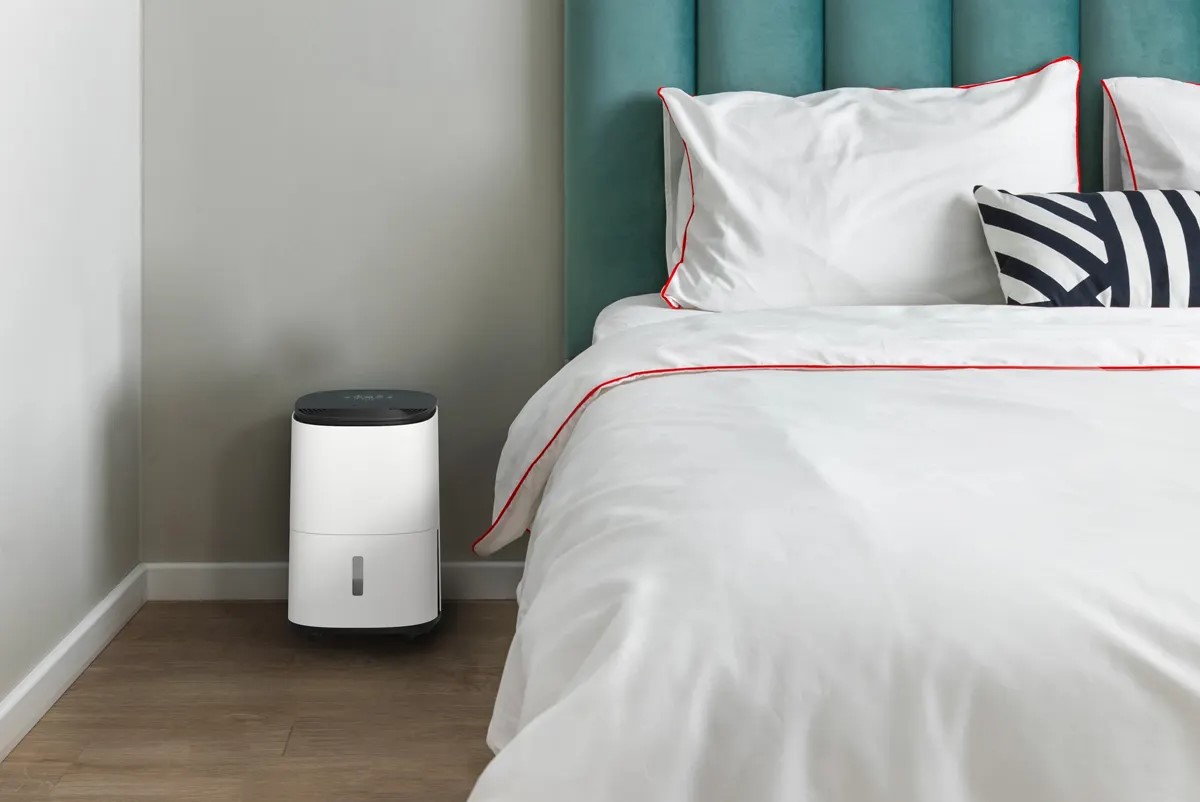
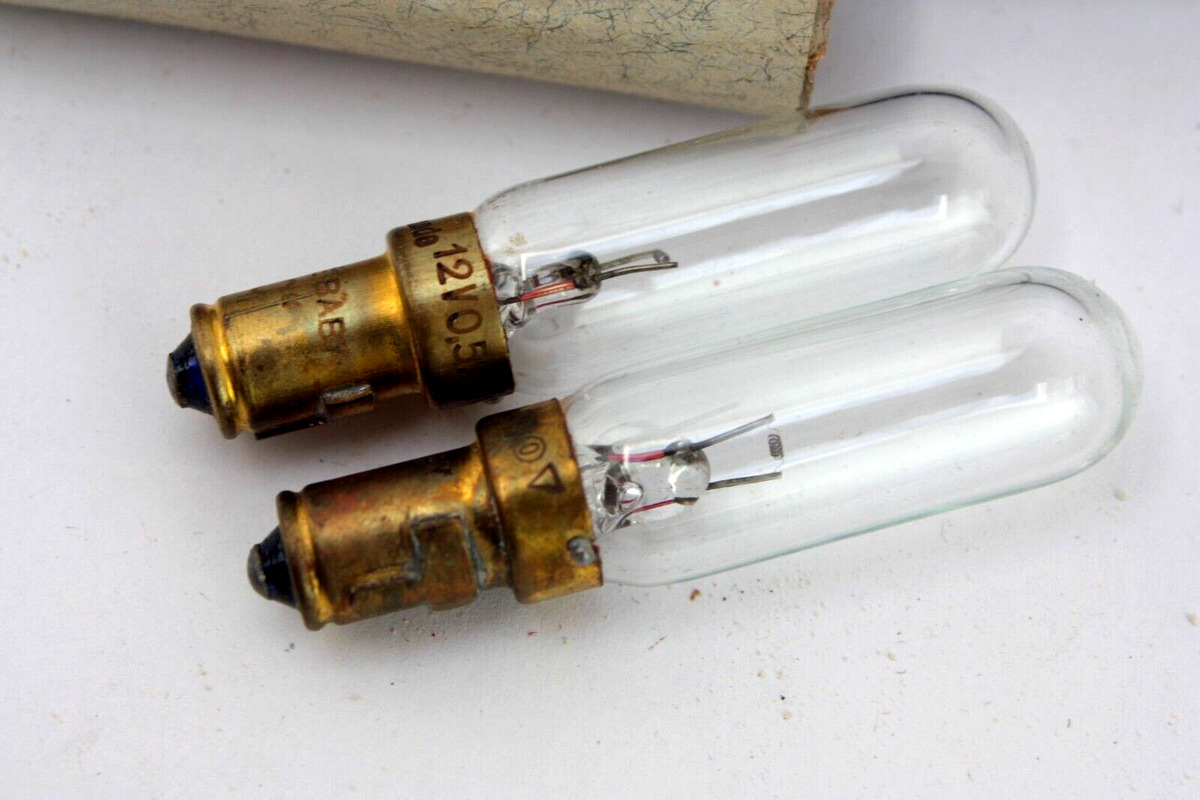
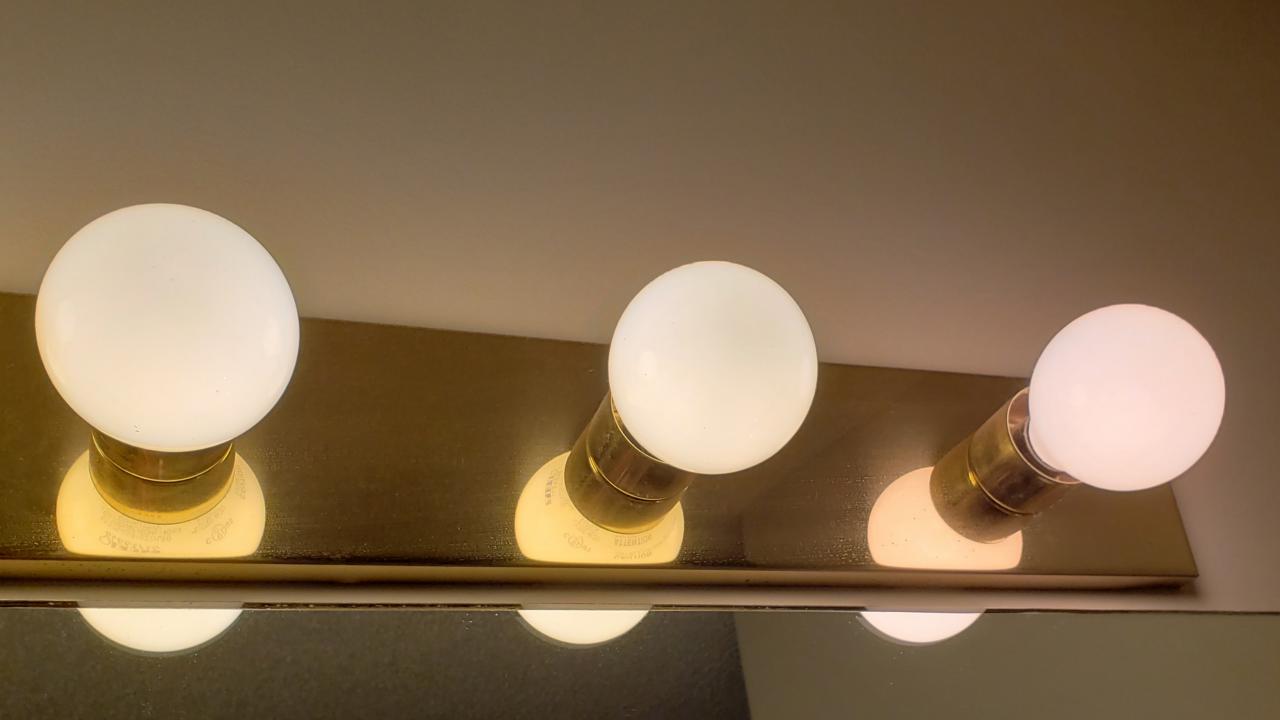
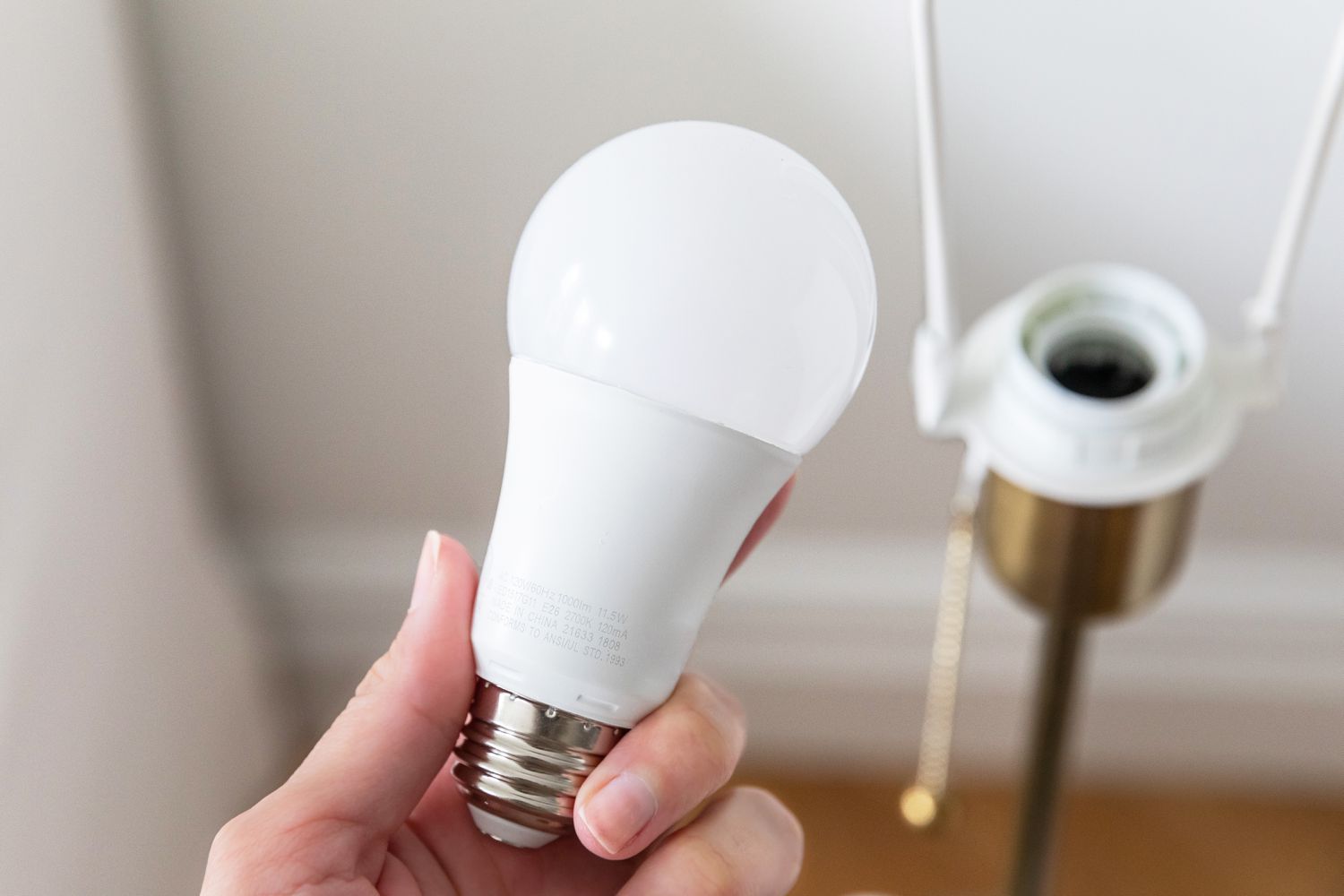
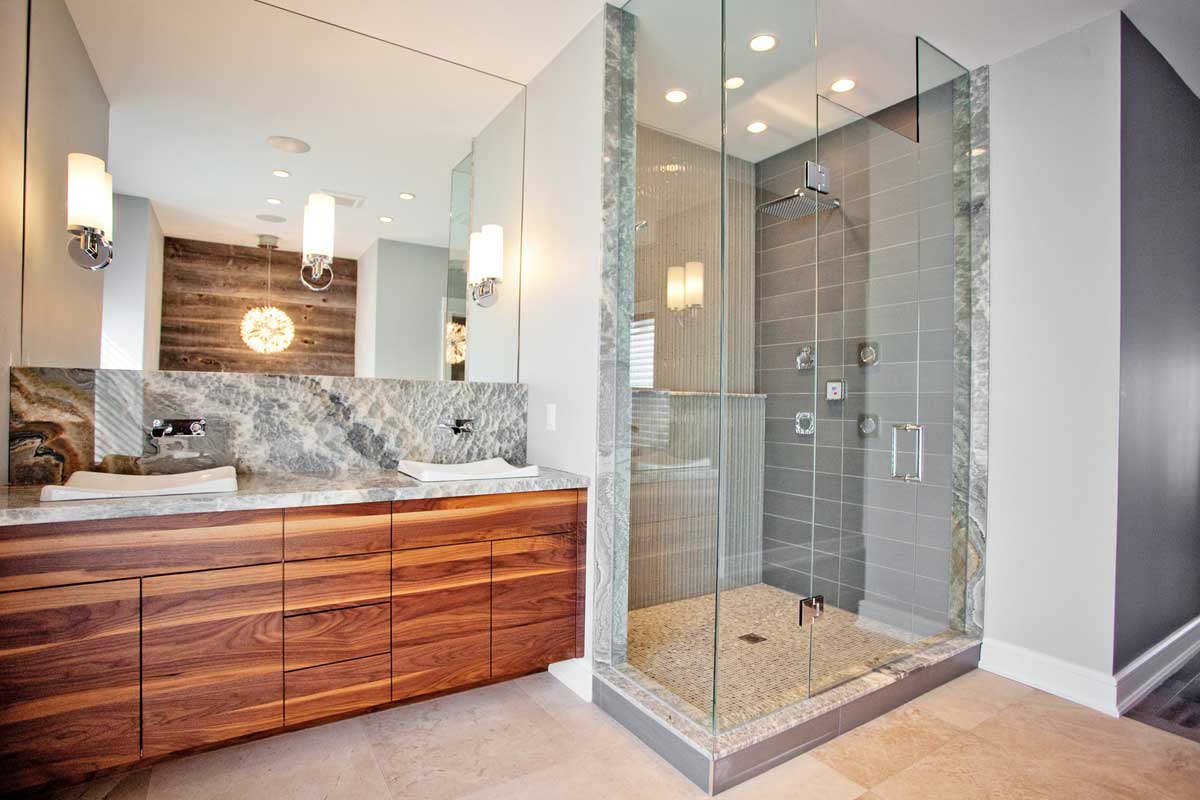
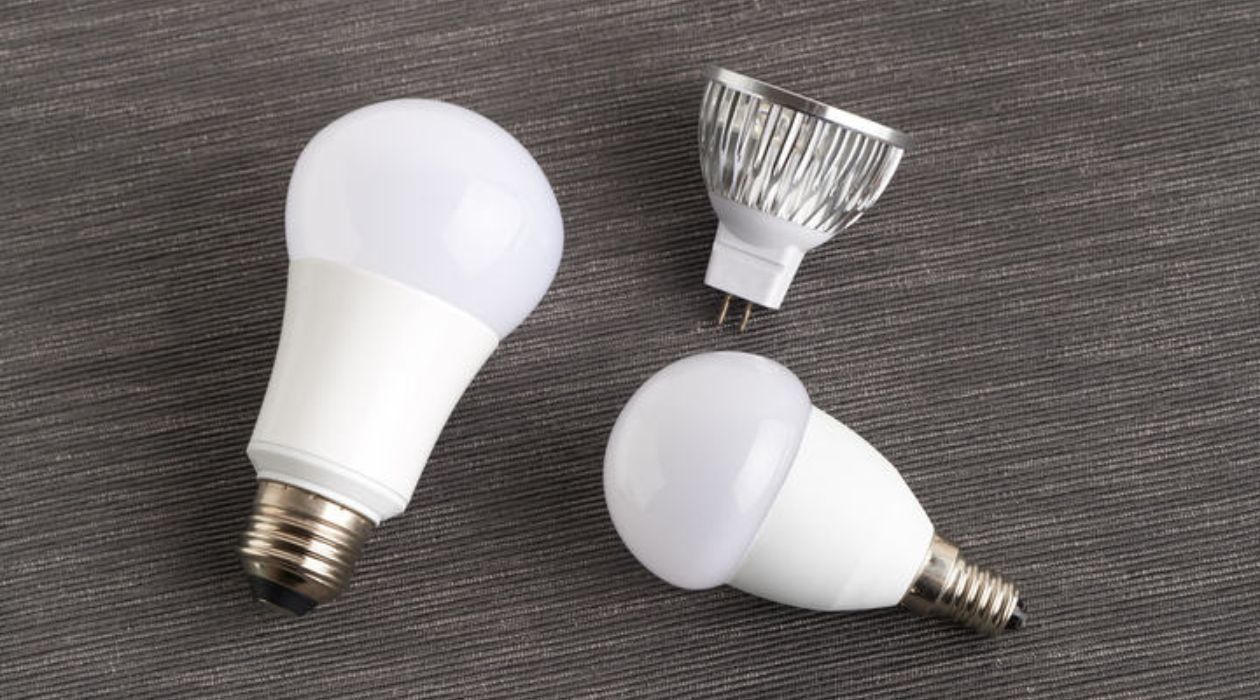
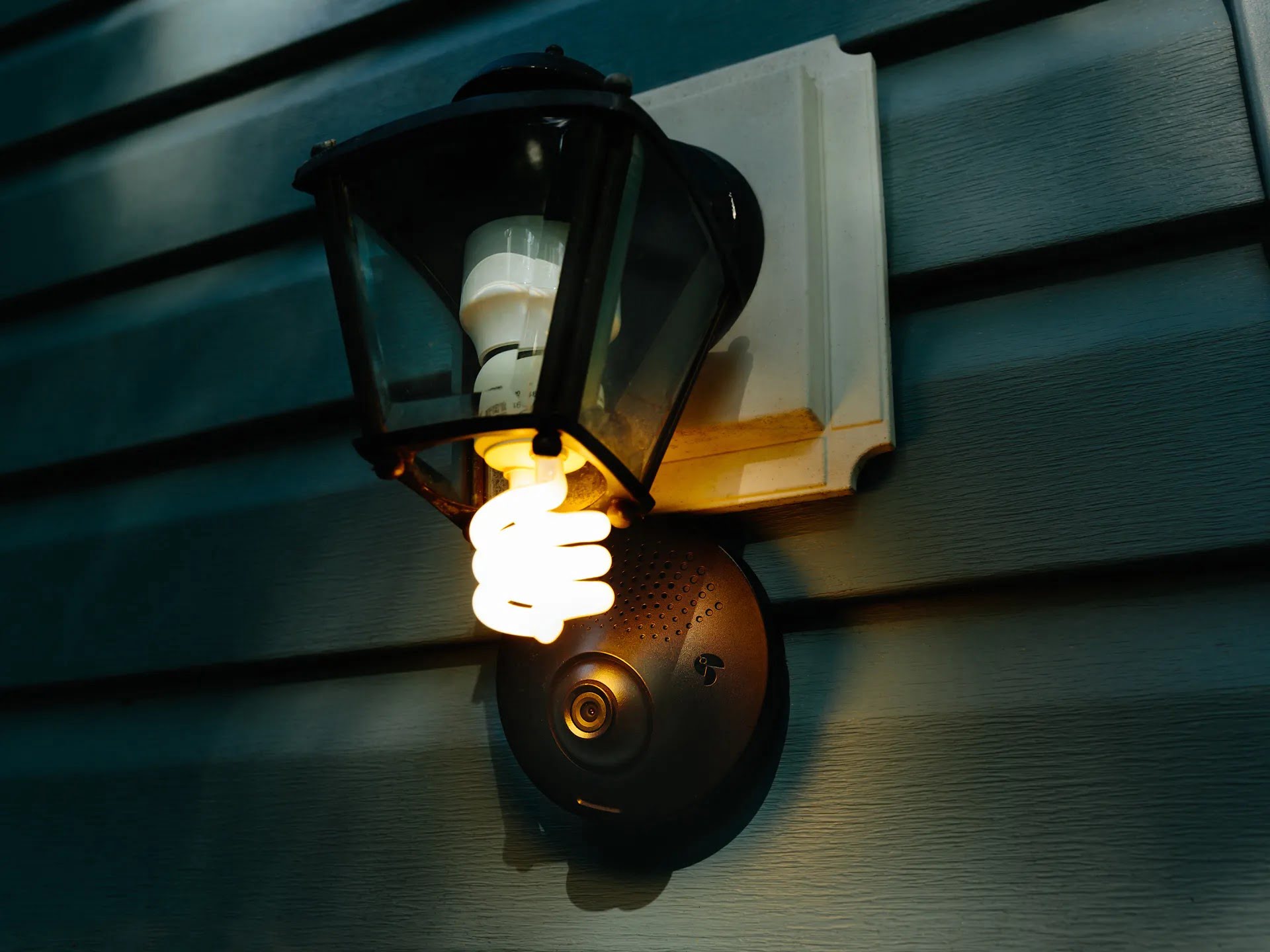
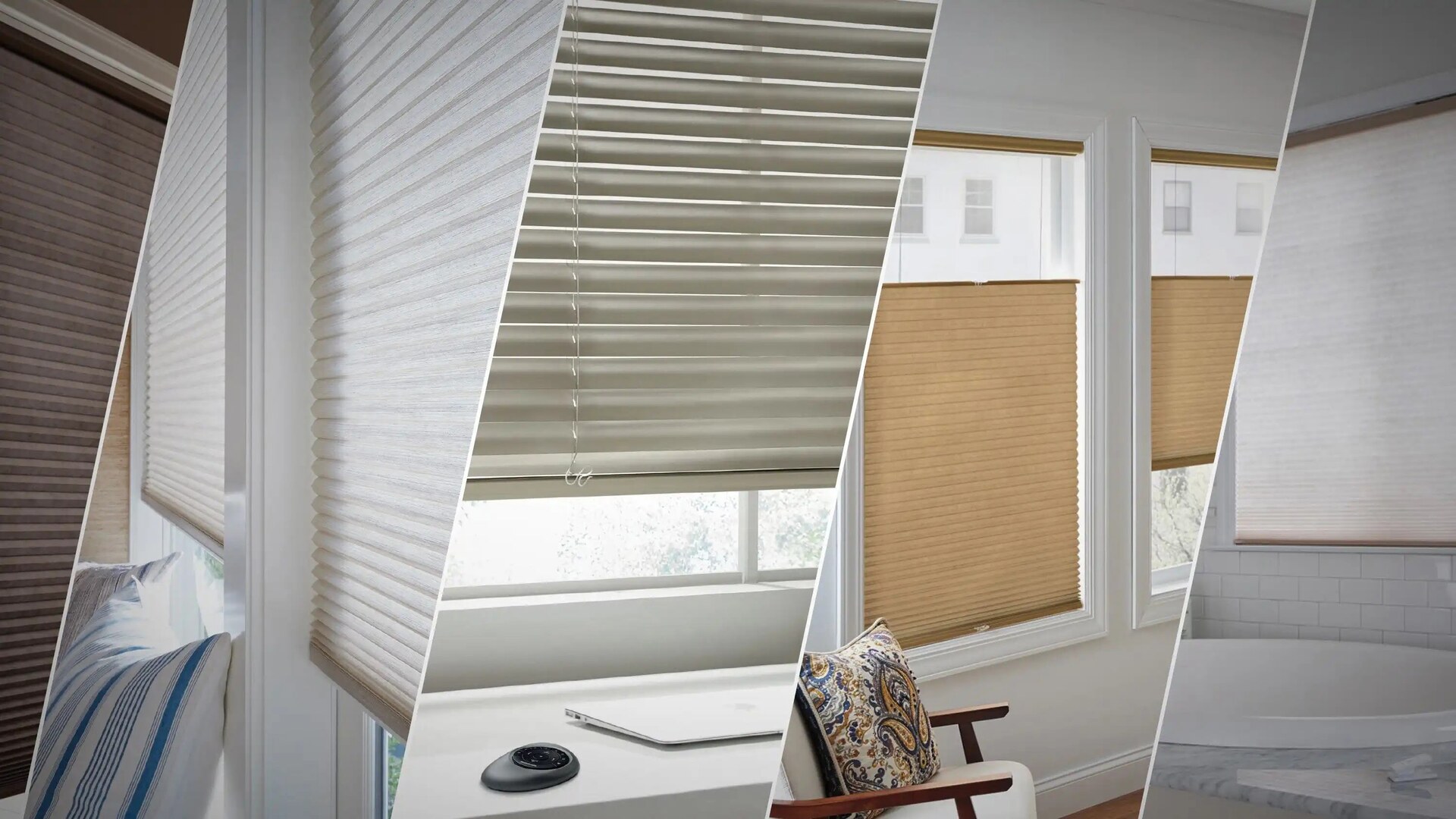



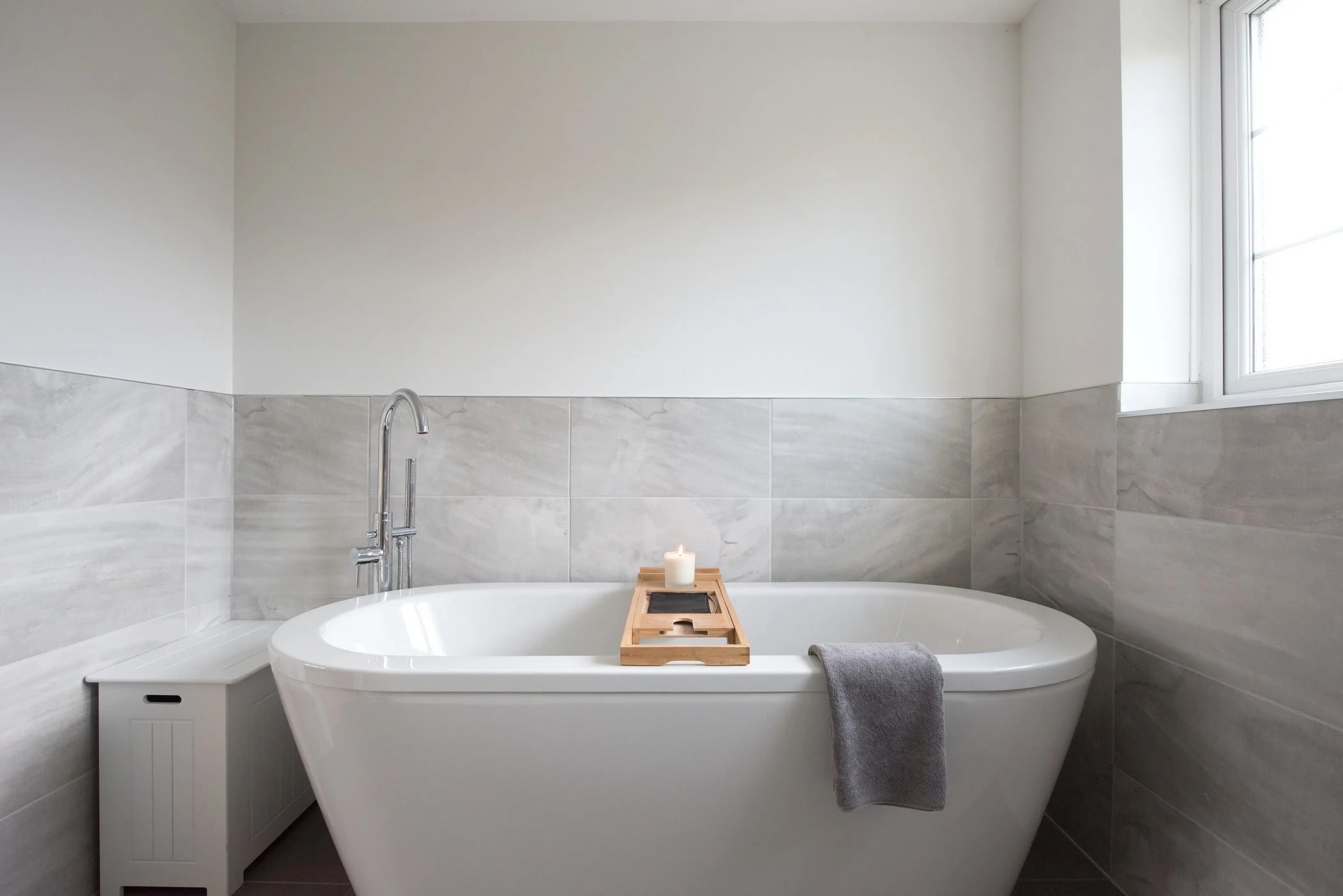


0 thoughts on “What Type Of Lighting Is Best For Bedrooms?”